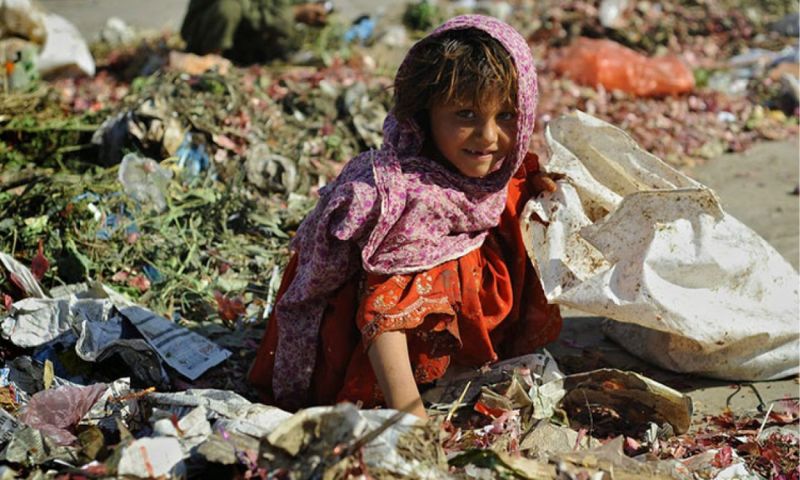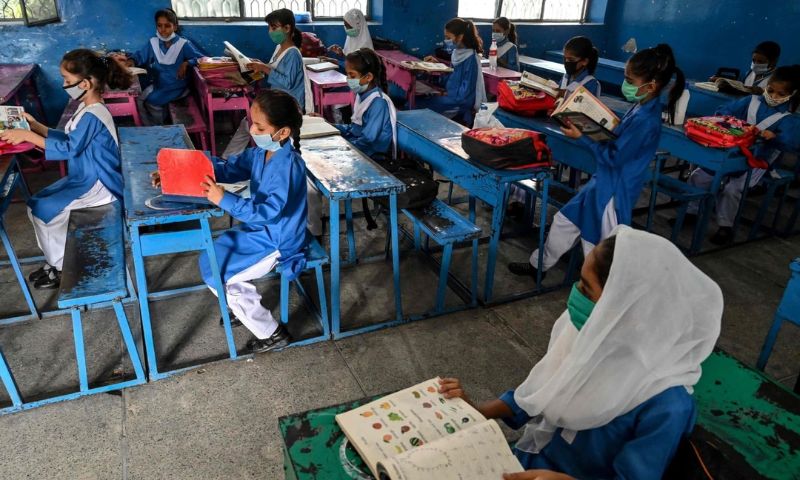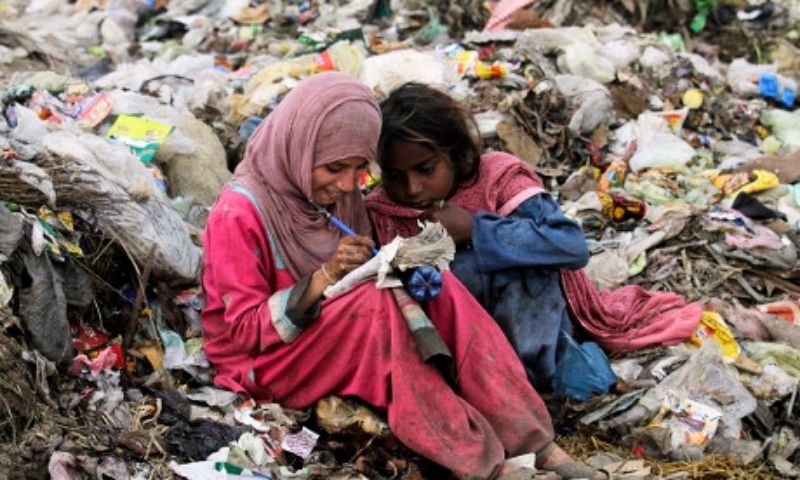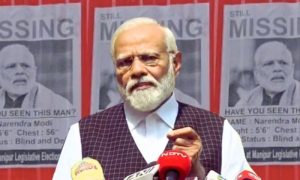By Zainab Ali
ISLAMABAD: In Pakistan, the number of out-of-school children (OOSC) is estimated to be 22.8 million between the ages of 5-16, making 44 percent of the total population of this age group, according to a report by the United Nations Educational, Scientific and Cultural Organization (UNESCO).
The number represents the second-highest number of out-of-school children in the world. Nigeria has the first-highest out-of-school children in the world. Out-of-school children in Pakistan are mostly from poor households in rural areas, and most are girls. The number of out-of-school girls in Pakistan is much higher than that of boys.
According to the same UNESCO report, about 12.6 million girls are out of school in Pakistan, while on the other hand, the number of boys is around 10.2 million.
Why are so many children out of school?
There are multiple reasons of why so many children are out of school in Pakistan. Poverty is one of the main factors along with lack of access to education in remote areas and poor standards of education.
Despite efforts by the Pakistani government and international organizations to improve education, progress has been slow due to poor implementation of policies and flaws in the education sector. Corruption and mismanagement in the education sector and lack of fundings has also been identified as hindering the progress.
Children with dreams
Jalal Khan, 16, lives on the streets of Islamabad and collects trash daily to make both ends meet. Initially, he was hesitant to speak, but later, he told WE News, that he wakes up early in the morning and goes out to collect trash from the city streets.
“I work for several hours even during Ramadan while fasting. Then, I return home and offer my prayer before going out again in the evening to collect more trash as we have to work extra during Ramadan due to the high inflation rate and make both ends meet.”
Upon asking him why he was not going to school, Jalal explained with teary eyes that he used to go to school when he was younger. Still, due to the poor financial conditions of his family, they couldn’t afford to pay for Jalal’s education. They needed him to work and help support his other younger siblings and parents. He said he always wanted to go to school, get an education and become a pilot or teacher, but his circumstances didn’t allow him to.
“Do you still hope to get an education at this point? Responding to this question, Jalal said that it’s difficult for him to imagine returning to school with all his responsibilities and burdens at this point in his life. But he does hope that one day, things will change.
Bakht, 13, a resident of Rawalpindi, basically from Khyber-Pakhtunkhwa, had a similar story as Jalal. Bakht’s family didn’t allow her to continue her education.
“They think that girls should not go out to study, there is no need of girls’ education as they have to get married at the end and run a home, so they pulled me out of school and made me work as a scavenger just like my other cousins” she added.
Why is the ratio of out-of-school children not falling?
In Pakistan, the ratio of out-of-school children has not been falling for years for several reasons, among which poverty is the main one. Many Pakistani families cannot afford to send their children to school. They need their children to work to contribute to the family’s income.
The lack of access to education is another major reason contributing to the rise in the ratio of out-of-school children in Pakistan. In rural areas, access to education is limited due to a lack of roads, transportation, and other basic facilities, which makes it difficult for children to attend school in such areas. Even if children in these rural areas have access to education, the quality of education is so poor due to untrained teachers and old syllabi.
Gender discrimination in Pakistan is a major barrier for girls to get equal educational opportunities. Pakistan’s cultural and social norms prioritize boys’ education over girls. Girls are expected to stay home and take care of household chores, limiting their access to education.
To address the issue of out-of-school children in Pakistan, the government must tackle the root causes of poverty, gender discrimination, and inequality. Government should improve access to education in far-flung areas, promote gender equality, and provide better quality education. Governance and accountability in the education sector should be improved by taking multiple steps from the government.

























